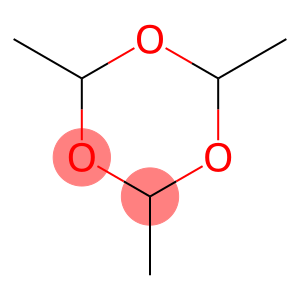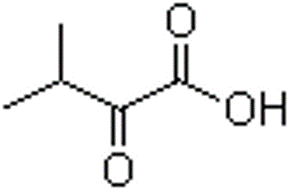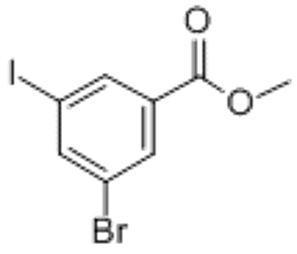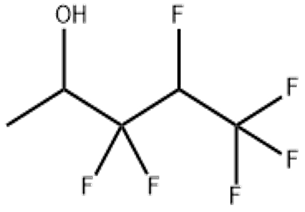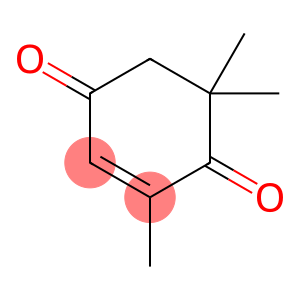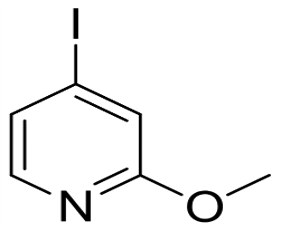Paraldehyde(CAS#123-63-7)
| Hazard Symbols | F – Flammable |
| Risk Codes | R11 – Highly Flammable R10 – Flammable |
| Safety Description | S9 – Keep container in a well-ventilated place. S16 – Keep away from sources of ignition. S29 – Do not empty into drains. S33 – Take precautionary measures against static discharges. |
| UN IDs | UN 1993 3/PG 2 |
| WGK Germany | 1 |
| RTECS | YK0525000 |
| HS Code | 29125000 |
| Hazard Class | 3.2 |
| Packing Group | III |
| Toxicity | LD50 orally in rats: 1.65 g/kg (Figot) |
Introduction
Triacetaldehyde. The following is a brief introduction to its nature, use, manufacturing method and safety information.
Quality:
Acetaldehyde is a colorless to pale yellow crystalline powder with a sweet taste.
Its relative molecular mass is about 219.27 g/mol.
At room temperature, triacetaldehyde is soluble in water, methanol, ethanol and ether solvents. It will decompose at high temperatures.
Use:
Acetaldehyde can also be used in the preparation of electronic materials, resin modifiers, fiber flame retardants and other industrial fields.
Method:
Acetaldehyde can be obtained by acid-catalyzed polymerization of acetaldehyde. The specific preparation method is complex, requiring certain experimental conditions and catalysts, and generally requires a reaction at 100-110 °C.
Safety Information:
Acetaldehyde may be toxic and irritating to the human body at a certain concentration, and care should be taken to avoid direct contact with the skin, eyes and respiratory tract when using it.
When encountering a fire source, polyacetaldehyde is flammable and should be kept away from open flames and high temperatures.
When using or storing triacetaldehyde, a well-ventilated environment should be maintained and away from oxidizing agents.
When handling meretaldehyde, wear appropriate protective equipment such as gloves, protective glasses, and protective masks.


